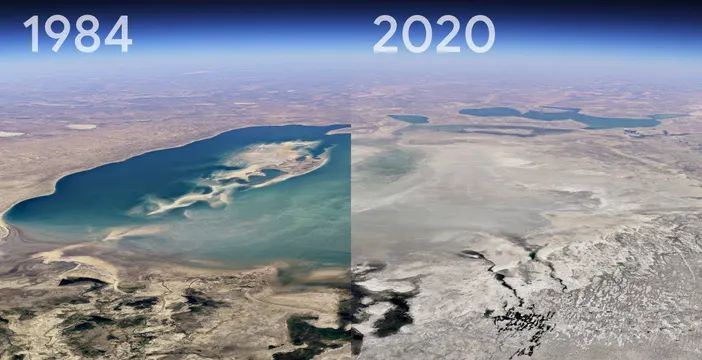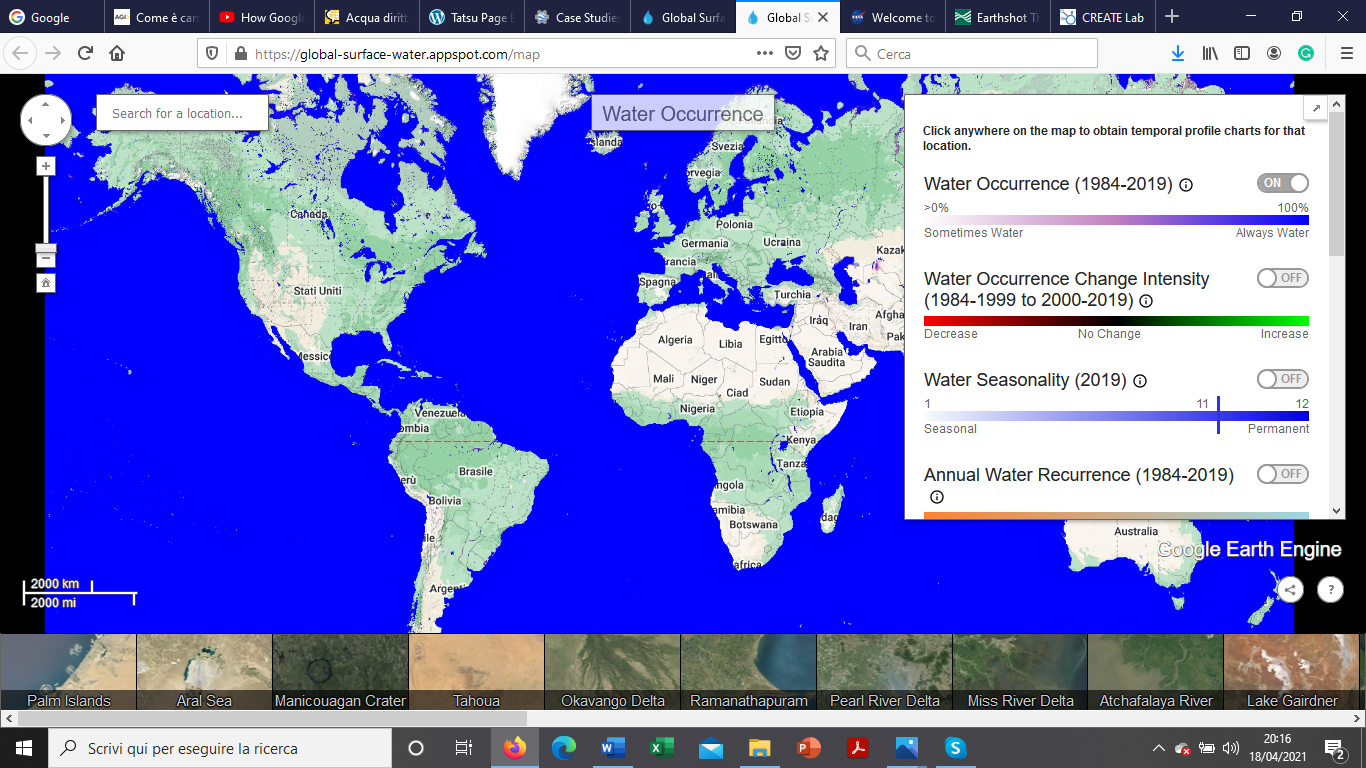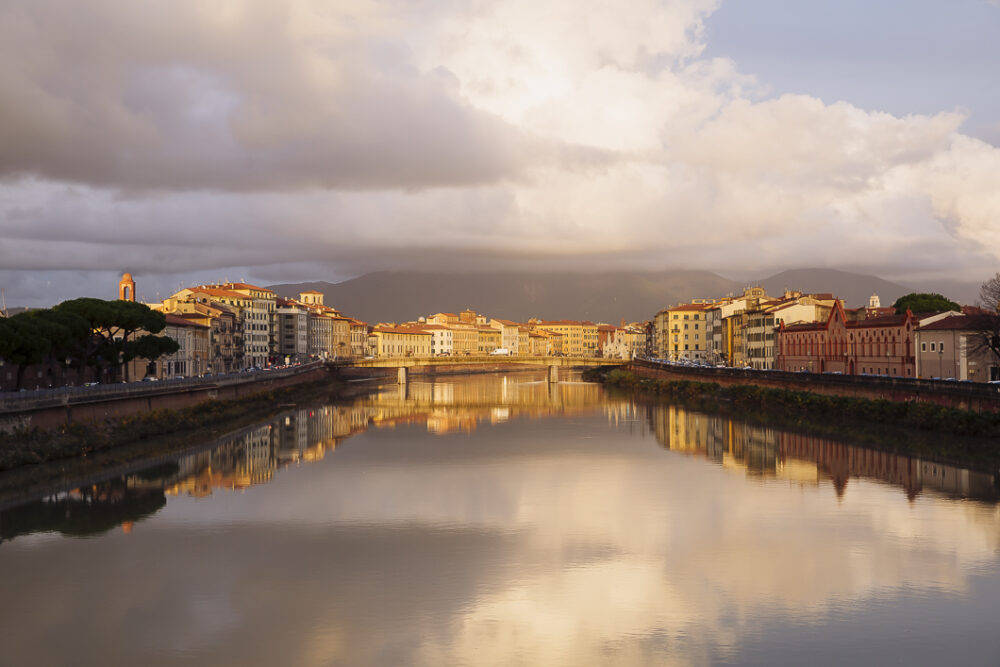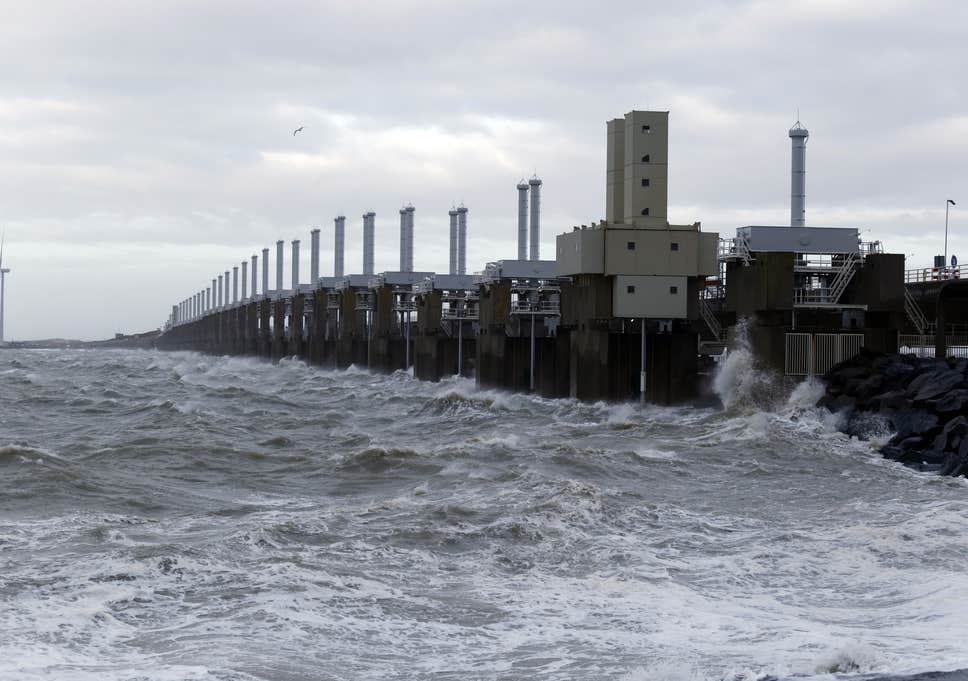Le parole (estreme) dell’acqua — The (extreme) words of water

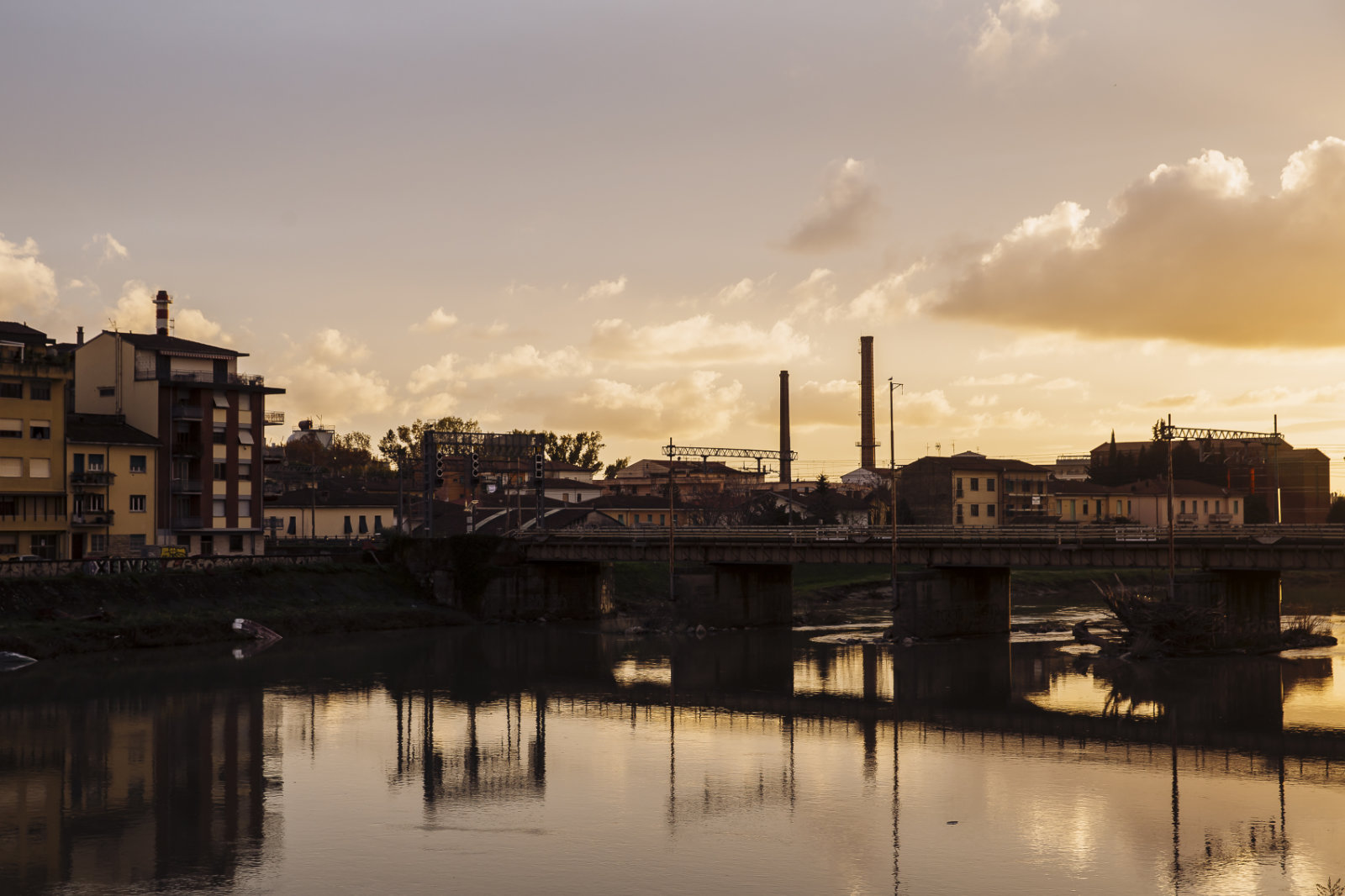
Perché dobbiamo cambiare le parole con cui parliamo d’acqua? Non sempre coincidono la percezione e la cognizione. Le esondazioni in Cina e in Bangladesh e gli incendi in California dell’estate 2020 assumono una dimensione di irrealtà, perché si tratta di tragedie che si consumano troppo lontano da noi. Ma in realtà non si tratta di semplici esondazioni e incendi, ma di catastrofi climatiche, disastri che diventeranno permanenti se l’acqua non diventerà priorità di progetto ed è il modo con il quale si comunica il tema acqua e tutti gli aspetti correlati che ne determina la comprensione e le azioni successive che vengono messe in atto a livello individuale e collettivo (fotografie di Stefano Anzini).
LE PAROLE (ESTREME) DELL’ACQUA #ATELIER(S)FEMIA JOURNAL #The Guardian #tempodacqua #thetimeofwater
Why do we need to change the words we use to talk about water? Perception and cognition do not always coincide. The recent floods in China and Bangladesh and the fires in California take on a dimension of unreality, because they are tragedies that are taking place too far from us. It is not a question of simple floods and fires, but of climatic disasters, disasters that will become permanent if water does not become a project priority. The way in which the theme of water and all related aspects is communicated determines its understanding and subsequent actions that are implemented at an individual and collective level.
At the end of last year (2019), after the Australian wildfires tragedy, the Guardian decided to change the term climate change. Objective: to make it clearer to everyone what it is. The different impact of expressions such as climate crisis or climate emergency or climate catastrophe with respect to climate change is evident. The great contribution that architecture can make to containing the effects of the climate and building a harmonious relationship with water is almost never communicated. Yet, it would be an object of interest for everyone, not just for professionals. Architecture is a great resource and water is a fundamental material for architecture, both in the visible interaction on the territory, both for the functional aspects of the plant, and for the invisible ones (water contained in natural materials, paints, pretty much everything you need to build).
Abbiamo bisogno di NEED? — Do we really need NEED?
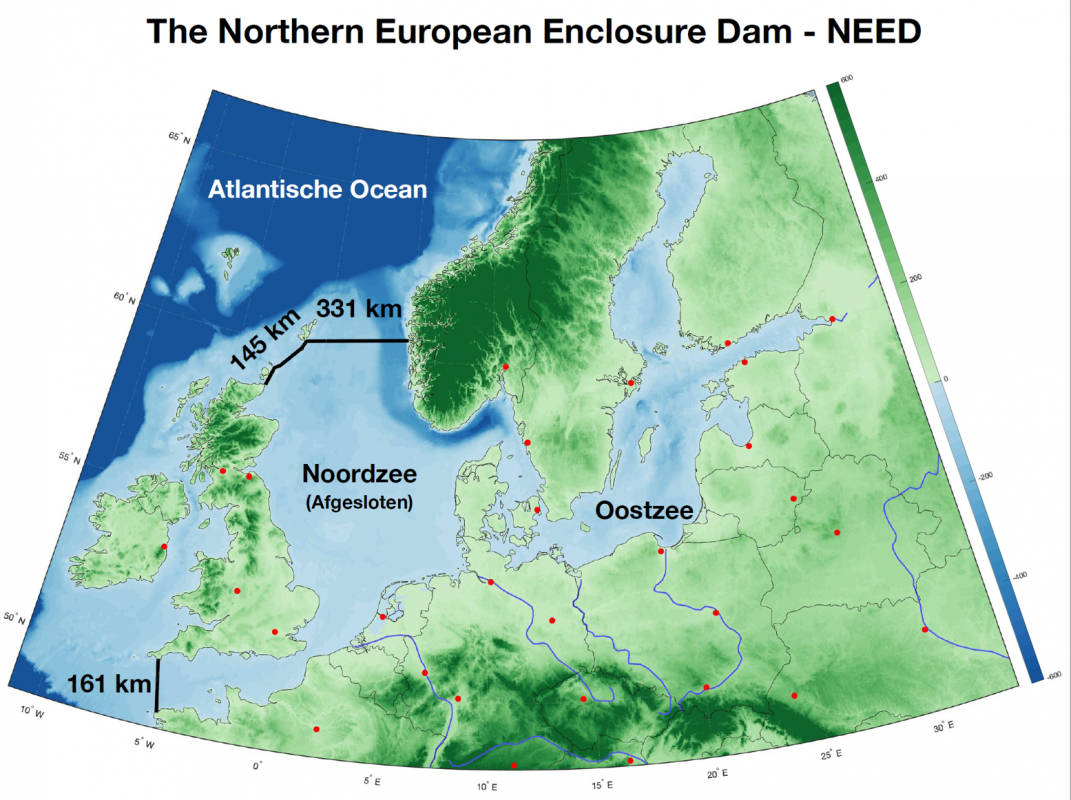
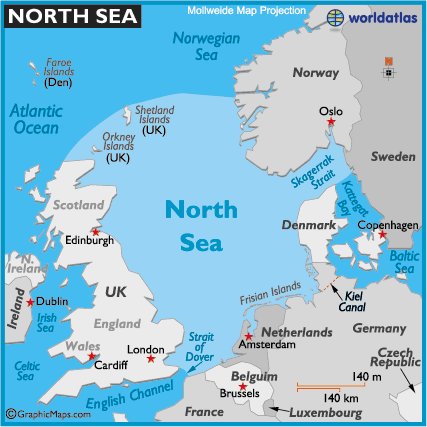
Se non si riesce a contenere il cambiamento climatico, si pensa di agire localmente. Sjoerd Groeskamp, un oceanografo del Royal Netherlands Institute for Sea Research, ha proposto di costruire due dighe per confinare il Mare del Nord e difendere l’Europa settentrionale dall’innalzamento del livello del mare, nel Canale della Manica tra Francia e Inghilterra e tra Scozia e Norvegia per 637 chilometri in totale. (leggi il documento originale di Groeskamp) Foto in alto The Indipendent.
NEED – NORTHERN EUROPEAN ENCLOSURE DAM #Sjoerd Groeskamp
If climate change cannot be contained, action is taken locally. Sjoerd Groeskamp, an oceanographer from the Royal Netherlands Institute for Sea Research, proposed building two dams to confine the North Sea and defend northern Europe from rising sea levels in the English Channel between France and England and between Scotland and Norway for a total of 637 kilometers. (see here and here)
The proposed NEED aims to construct two dams of a combined length of 637 km. The first between northern Scotland and western Norway (476 km) and the second between France and southwestern England (161 km). The project intends to separate the North and Baltic Seas from the Atlantic Ocean to protect Northern Europe against SLR. The project classifies the solutions to SLR into three categories namely, taking no action, protection, and managed retreat — and categorises NEED into the second category. NEED is expected to have the least direct impact on people’s daily lives and can be built at a reasonable cost. It can be implemented in other regions in the world including the Persian Gulf, the Mediterranean Sea, the Baltic Sea, the Irish Sea, and the Red Sea.


